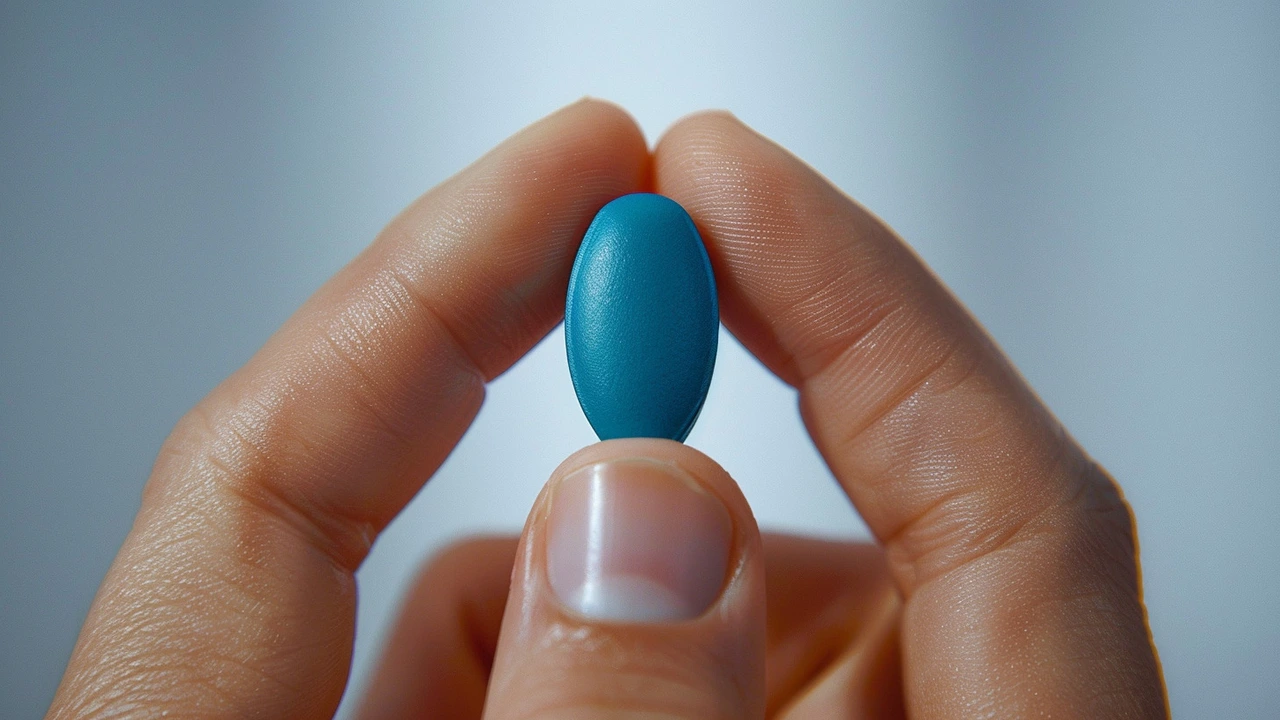Getting an FDA warning about a medicine you use feels scary. You want clear steps, not panic. This guide shows what to check, who to call, and how to keep taking care of your health without rushing into risky changes.
First, read the FDA notice. Look for the drug name, lot or NDC numbers, and the reason: contamination, labeling change, serious side effects, or counterfeit risk. Next, match the lot or NDC on your bottle or packaging. If the lot matches a recalled batch, contact your pharmacy and the manufacturer for instructions and replacement. Don’t stop a prescription without talking to your prescriber; some warnings ask you to stop, others only need monitoring.
Report side effects or problems to FDA MedWatch. You can file online or call 1-800-332-1088. Reporting helps regulators spot patterns faster. Keep your medicine container and any receipts; photos and dates help support the report.
If the warning mentions contamination or risk of serious harm, ask your clinician for an alternative. Pharmacies can often substitute a different brand or generic. If you buy medicines online, confirm the pharmacy is licensed and requires a prescription. Unsafe online sellers are often behind counterfeit or substandard products.
Bookmark FDA’s "Recalls, Market Withdrawals, & Safety Alerts" and sign up for email alerts. Use the Drug Safety Communications page for in-depth explanations and what to watch for. For new safety labeling, check the "Safety Labeling Changes" section to see how risk profiles evolve over time.
Keep an up-to-date list of all your medications with lot numbers when possible. Store medicines in their original packaging so you can access NDCs and expiration dates. When changing pharmacies or traveling, ask for copies of recent prescription records so you can verify any future notices quickly.
Talk openly with your pharmacist; they get recall alerts daily and can explain practical steps like returns or safe disposal. If a recall affects a vaccine or injectable product, your clinic will usually call patients directly. For oral drugs, pharmacies often quarantine affected stock and notify patients who filled prescriptions from the same lot.
Last, know the difference between a recall and a safety communication. Recalls involve specific batches and often require return or disposal. Safety communications may warn about rare side effects or label updates without asking you to stop the medicine. When in doubt, call your prescriber or pharmacist before making changes.
Check whether the FDA classified the issue as a Class I, II, or III recall — Class I indicates the highest risk and needs immediate action. Look up the manufacturer's customer service number on the FDA notice, not from a web ad. If you suspect counterfeit pills, compare pills to images in the notice and bring samples to the pharmacy. For severe symptoms after taking a drug, go to the ER and tell them the drug name and lot number.

A recent revelation has highlighted a concerning side effect associated with Viagra and similar erectile dysfunction drugs: a risk of sudden sensorineural hearing loss, or 'Viagra deafness'. The FDA has issued a warning as studies reveal users are at a doubled risk compared to non-users.
CONTINUE READING